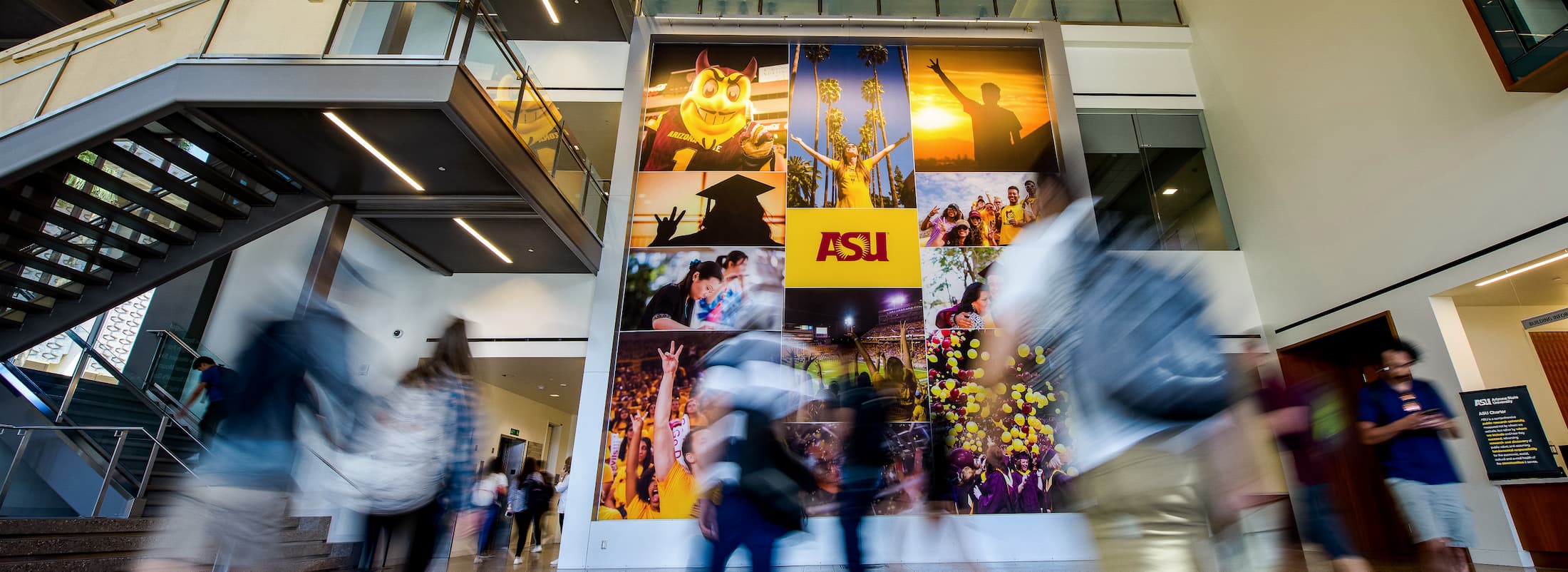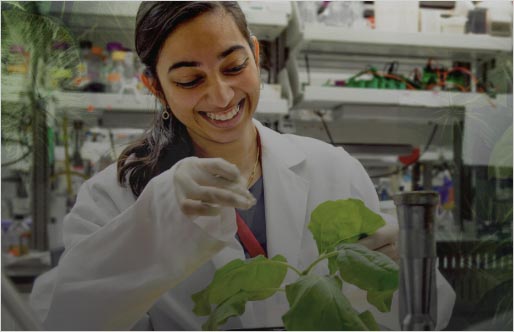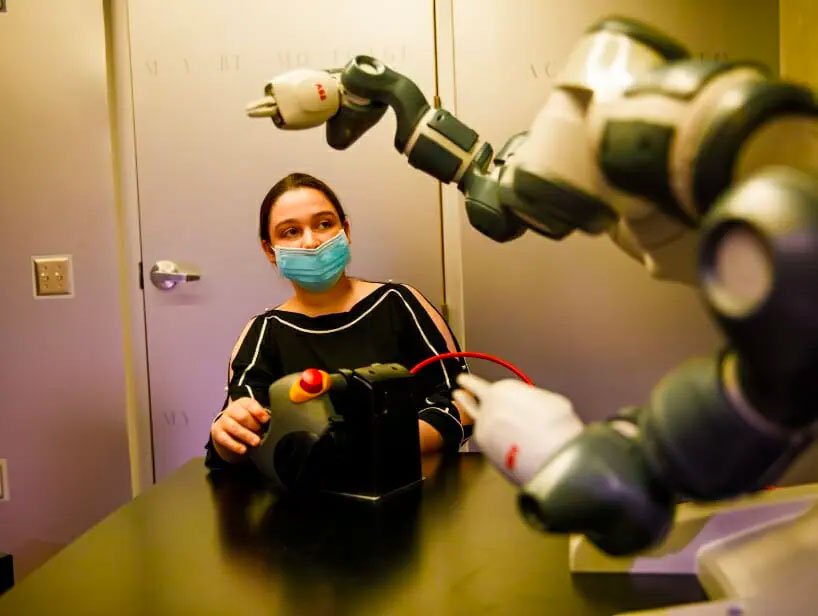
Centers and institutes
Filters

The Biodesign Institute delivers the future of nature-inspired scientific innovation today for the betterment of human health, community safety and global sustainability.
Biodesign Institute
The CXFEL Lab brings ultrashort X-ray technology from large scale, expensive multibillion-dollar XFEL facilities at national labs to the university – the place where researchers work with their students on novel discoveries for a small fraction of the cost.
Biodesign Institute
The Biodesign Center for Applied Structural Discovery develops groundbreaking technologies and methods to accelerate discoveries involving the structure and functions of biomolecules, especially proteins.
Biodesign Institute
The Biodesign Center for Biocomputing, Security and Society translates insights between computer science and biology, with a focus on understanding and mitigating malicious behavior in complex systems

The Global Security Initiative (GSI) leverages ASU’s faculty expertise, global reach, student body and culture of innovation to drive advances in security and defense-related technologies and educational efforts.
Global Security Initiative
The center develops mission-relevant approaches and effective decision-oriented tools for policymakers and implementers, drawing upon faculty expertise and connections with the defense, security and diplomacy communities.
Global Security Initiative
The Center for Human, Artificial Intelligence, and Robot Teaming (CHART) is a multidisciplinary center leading the charge to develop methods to assemble the most effective human-synthetic agent teams in support of national security.
Julie Ann Wrigley Global Futures Laboratory
Connection One is a National Science Foundation industry/university cooperative research center that is at the forefront of developing the next generation antennas, low-power computer chips, advanced transistor models and multiple-function circuitry to enhance technologies ranging from cellular to environmental and defense applications.
Julie Ann Wrigley Global Futures Laboratory
PSERC is a university-industry cooperative research center with 13 universities and 24 industry members. PSERC creates an environment in which universities and industry work together to promote and enable collaboration, to provide a forum for exchange of information and ideas, and to create solutions to complex and diverse problems facing the electric power industry.”
The vision of the Adaptive Intelligent Materials & Systems (AIMS) Center is to become a national Center of Excellence in the area of intelligent materials and adaptive systems.
The Advanced Electronics and Photonics Core Facility (AEP) provides comprehensive electronics capabilities bridging the high risk, resource-intensive gap between innovation and product development in an information-secure environment. AEP offers backplane electronics design, fabrication, test and integration capabilities, and operates dedicated pilot line toolsets for technology development and technology demonstrator production.
Through research and strategic industry/university partnerships, the Center for Assured and Scalable Data Engineering (CASCADE) develops tools and architectures for reliable and timely data-driven decision making.
The Center for Carbon Efficient and Advanced Manufacturing of Materials and Structures (CAMMS) aims to advance breakthrough technologies toward sustainable and efficient infrastructural materials manufacturing and infrastructure construction.
The Center for Cognitive Ubiquitous Computing (CUbiC) is an interdisciplinary research center focused on human-centered multimedia computing on assistive, rehabilitative and healthcare applications.
CNS-ASU develops programs that integrate academic and societal concerns to better understand how to govern new technologies, from their birth in the laboratory to their entrance into the mainstream.
The Center for Wireless Information Systems and Computational Architectures (WISCA) places ASU at the research and development nexus of the next wireless revolution.
The center contributes to the understanding of how technology’s potential for innovation is realized in government and society, and explores roadblocks or negative effects that must be addressed. The center looks at how to leverage for the public good the information and data made possible by technological advances.
The mission of GCTT is to advance a broad, interdisciplinary, multi-sector understanding of the effectiveness of technology transfer. An emphasis is placed on global issues in research, practice and education.
The STAM Center investigates new technologies and methodologies to offer opportunities for designing secure computing devices and systems that go beyond what is currently achievable. The center couples its research mission with active recruiting and training of students, especially domestic students, targeting applications of national security importance.
The SenSIP Center develops signal processing and machine learning algorithms for sensing applications with an emphasis on next -generation industry technologies. Application areas include embedded sensor systems, health, sustainability, computational imaging, security, environmental technologies, and wireless communications.
